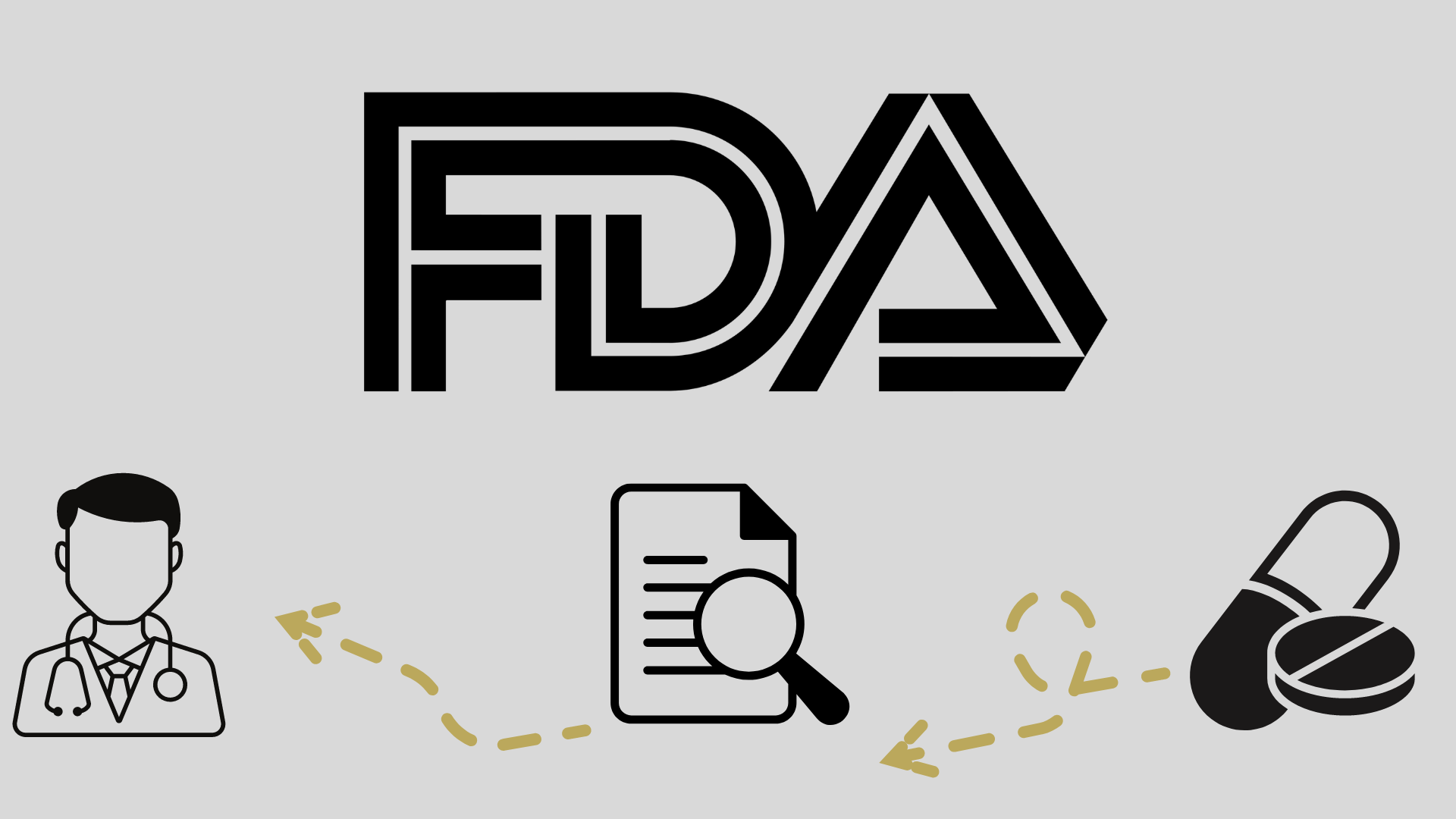
FDA Accepts Remestemcel-L BLA Resubmission for Acute GVHD

The FDA has accepted the resubmitted application of remestemcel-L, a potential first-of-its-kind treatment for pediatric patients following stem cell transplants.
- The FDA has accepted the resubmitted biologics license application (BLA) of remestemcel-L (Ryoncil) for the treatment of pediatric patients with steroid-refractory acute graft-vs-host disease (SR-aGVHD).
- If approved, remestemcel-L would be the first agent for patients with SR-aGVHD under the age of 12.
- A Prescription Drug User Fee Act (PDUFA) target action date of January 7, 2025, has been set.
The FDA has accepted the resubmitted BLA for remestemcel-L for pediatric patients with SR-aGVHD, following a complete response letter (CRL) issued in August 2023. 1
A PDUFA target action date of January 7, 2025, has been set. If the FDA approves the BLA, remestemcel-L would become the first agent for pediatric patients under 12 with SR-aGVHD.
“We have worked closely with the agency and thank them for their ongoing guidance, facilitating the potential approval of [remestemcel-L] and addressing the urgent need for a therapy that improves the dismal survival outcome in children with SR-aGVHD,” said Silviu Itescu, MBBS, FRACP, chief executive officer of Mesoblast, in a press release.2
The CRL noted that there was
The company announced a controlled study in high-risk adults to meet the FDA requirements, and in March 2024, the FDA decided that there was sufficient evidence to resubmit the BLA. Mesoblast
Remestemcel-L was granted a fast track designation from the FDA, which is intended to expedite the development and review of agents that treat serious conditions and fill unmet needs, as well as a
About the Phase 3 GVHD001/002 Trial
The application of remestemcel-L is supported by data from the phase 3 GVHD001/002 clinical trial (NCT02336230). Fifty-four pediatric patients with SR-aGVHD were evaluated across 20 centers in the US, and 89% of patients had grade C/D disease.2
The trial met its primary end point of day 28 overall response (OR) with 70.4% vs 45% (P =.0003). The day 28 OR was considered highly predictive of improved survival through day 100, with 87% vs 47% in patients who did not reach day 28 OR (P =.0001).
A matched control group of pediatric patients from the Mount Sinai Acute GVHD International Consortium (MAGIC) treated with the best available therapy was also used for comparison. Here, remestemcel-L led to a higher day 28 OR, with 70% vs 43%, and higher day 100 survival, with 74% vs 57%. Further, using matched propensity scoring, 67% of high-risk patients receiving remestemcel-L achieved a day 28 OR and were alive after 180 days vs 10% of patients in the MAGIC group who received best available therapy.
A 4-year survival study conducted by the Center for International Blood and Marrow Transplant Research also found that survival benefits of remestemcel-L were durable, with 67% survival at 6 months, 63% at 1 year, 51% at 2 years, and 49% at 4 years. Comparatively, these patients had an expected 2-year survival of 25% to 38% with best available therapy.








































